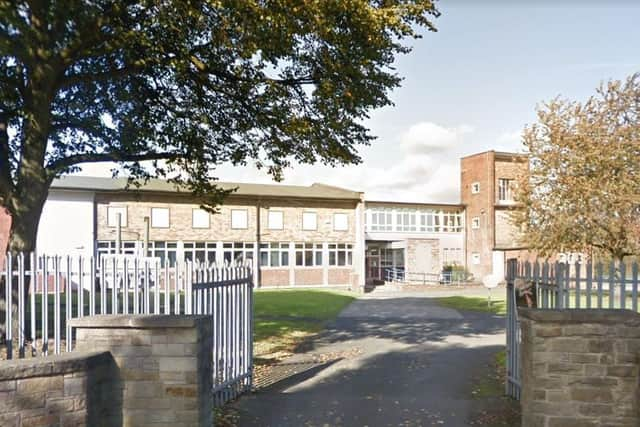Leeds council will move out of older buildings that ‘aren’t particularly loved’, insists deputy leader
and live on Freeview channel 276
It follows a draft report by council officers which claims that the council has already almost halved the amount of energy it uses in its buildings since 2005, and plans to reduce this even further by 2030.
The report added that, to help meet these targets, older buildings, known as “heritage assets”, should be added to a “rationalisation programme”.
Advertisement
Hide AdAdvertisement
Hide AdHowever, panel members expressed concern that this might lead to older buildings having to be vacated in order to meet climate targets.


Coun Neil Dawson (Lab) told the meeting: “I am concerned that there is no suggestion that we won’t be exposing our key heritage buildings, particularly [Leeds] Town Hall, Morley Town Hall, Civic Hall – they sit in our heritage portfolio.
“It’s about managing energy, not rationalisation of any of those buildings.”
The authority’s deputy leader assured the meeting that much-loved buildings would not be vacated, and that this part of the report refers to underused and not-widely-known structures.
Advertisement
Hide AdAdvertisement
Hide AdCoun James Lewis (Lab) said: “When we talked about the council’s buildings, there are some buildings – are are probably sat in one – that we will never come out of.
“There are some buildings where, if you looked at it purely from an energy efficiency building – somewhere like this [Civic Hall] where it is a listed building – so things you can do are fairly limited, but we are not going to come out of them.
“The other side of that are some of the other buildings. Financial services used to be in an old school building in Pudsey. That was a 1950s school, a very inefficient building and that site has been put in as a brownfield housing site.
“There are some buildings around the city that aren’t particularly loved by anybody that we can come out of.
Advertisement
Hide AdAdvertisement
Hide Ad“The challenges to make buildings more energy efficient will be significantly more difficult than some of our brand new buildings.”
The council’s head of resources Neil Evans added: “Often we have an affection for buildings that are not right for offices. If we are going to keep heritage buildings because there is that public support, the challenge is to use them and make them more efficient?”
A draft report, entitled “Reducing Energy Consumption in Council Buildings”, stated: “The district has achieved a reduction of 43 per cent in emissions from its 2005 baseline. The Leeds Climate Commission have advised that to stay within our carbon budget we must achieve a further reduction of 27 per cent by 2025 and an additional 15 per cent by 2030, equating to an overall reduction of 85 per cent from our 2005 baseline.”
Under “desired outcomes”, the report added: “That the Executive Board supports the need to include all of the Council’s Heritage buildings as part of the asset rationalisation programme and implementation plan linked to the new Asset Management Strategy.”